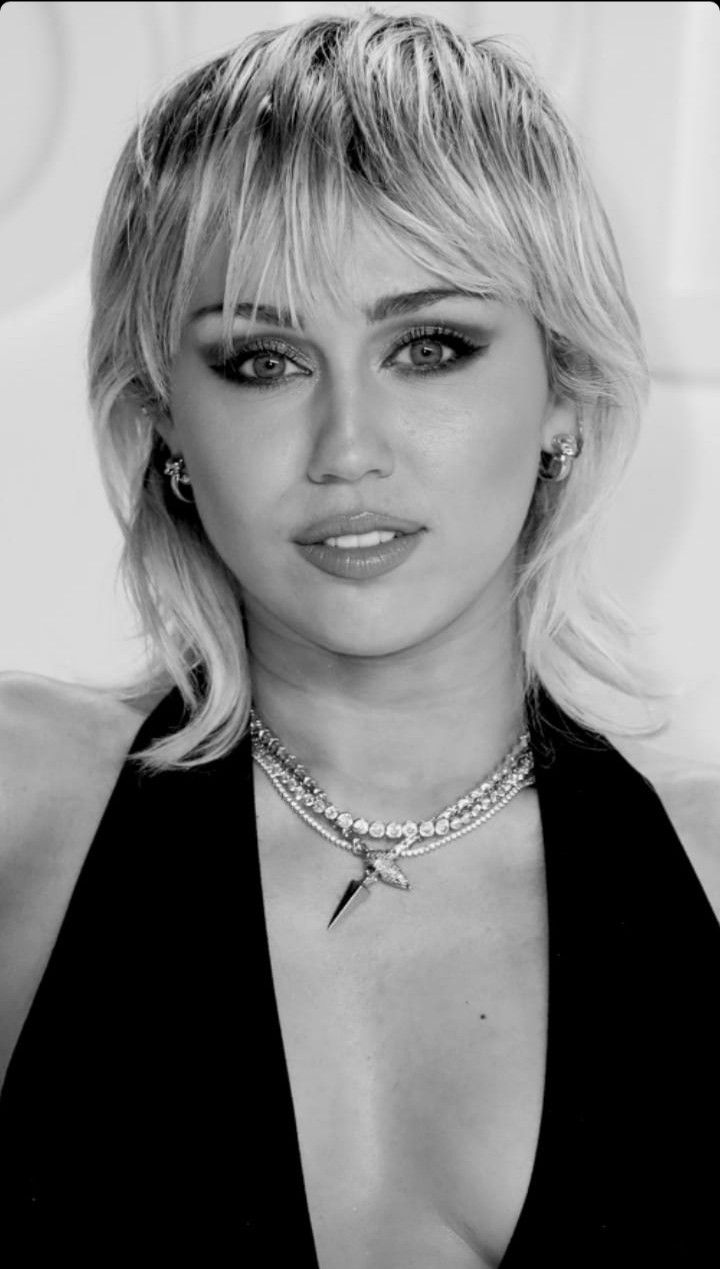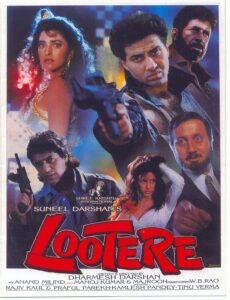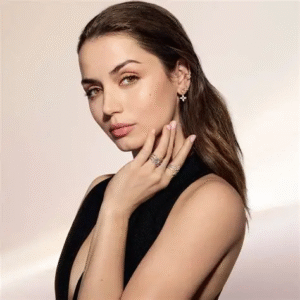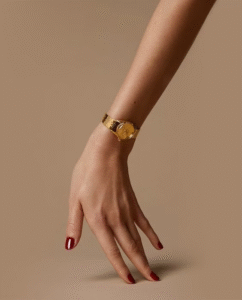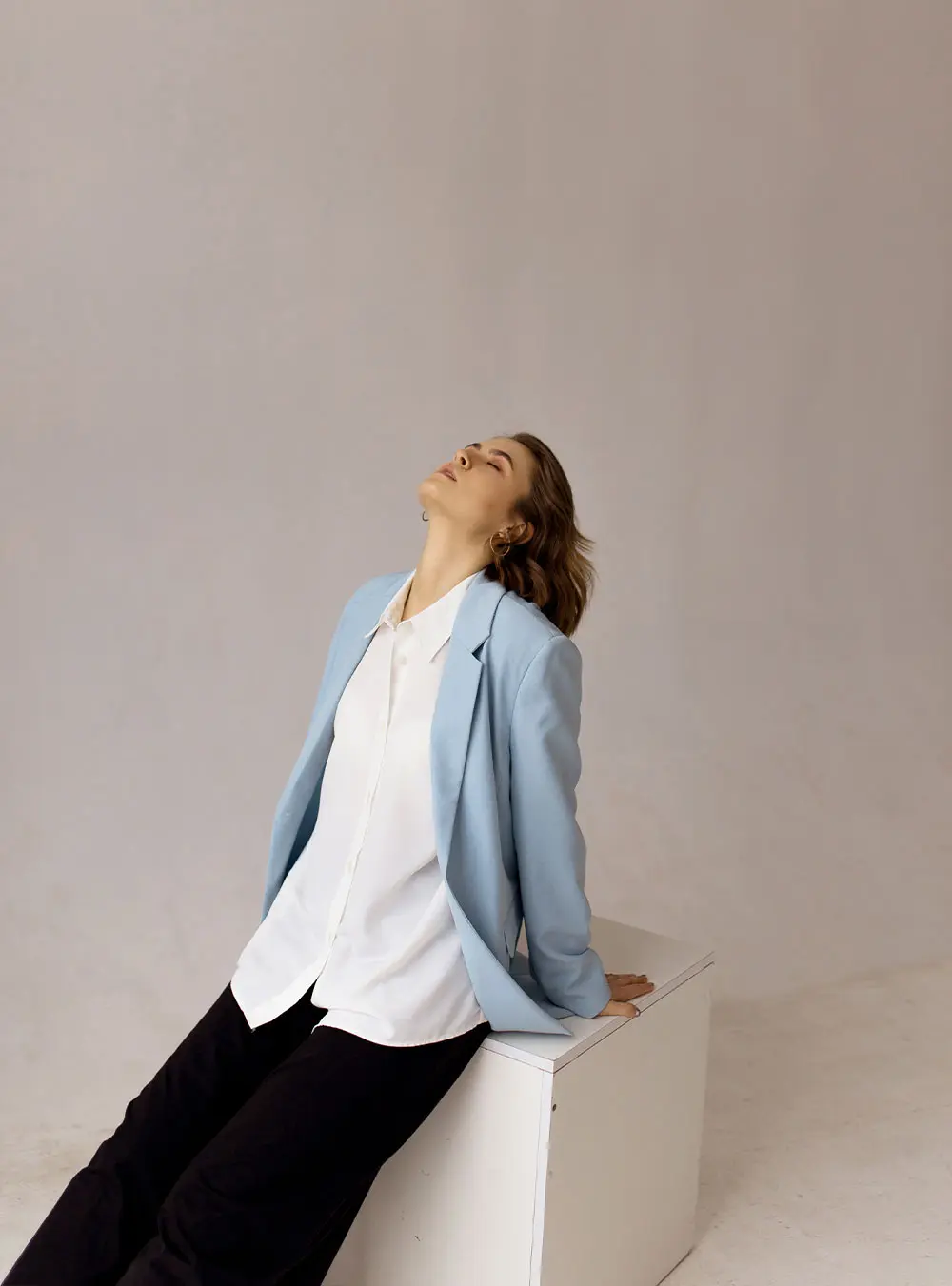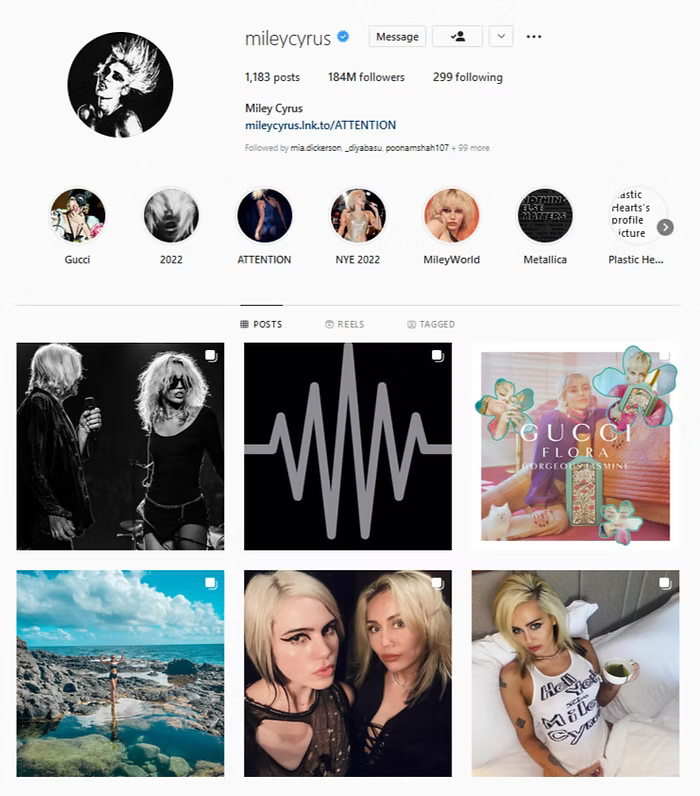
In the present times, in the age of social media, it is of utmost importance to be aware of one’s own rights, especially as a photographer. It encircles to be a very crucial element in order to receive the credit one deserves. Copyright in its simpler terms is defined as the exclusive and assignable legal right which is given to the original creator or owner of a particular product/ property.
Copyright law in the United States
The Copyright law in the US strictly has prohibited copying of a ‘work of authorship’ specially when unauthorised in nature. To address photographic and other visual works, the following modification was adopted in 1988 and is also defined in 17 U.S. Code § 101:
“Pictorial, graphic, and sculptural works” include two-dimensional and three-dimensional works of fine, graphic, and applied art, photographs, prints and art reproductions, maps, globes, charts, diagrams, models, and technical drawings, including architectural plans. Such works shall include works of artistic craftsmanship insofar as their form but not their mechanical or utilitarian aspects are concerned; the design of a useful article, as defined in this section, shall be considered a pictorial, graphic or sculptural work only if, and only to the extent that, such design incorporates pictorial, graphic, or sculptural features that can be identified separately from, and are capable of existing independently of, the utilitarian aspects of the article.”
Simplifying the above amendment in a more generic way- it states that basically when a photographer takes a picture, he/she instantly becomes the copyright owner of the image taken or produced. It means that the photographer possesses the exclusive rights to:
- Display the image publicly
- Distribution of the picture
- Reproducing the photograph
- Create derivates of the image i.e., new version of a work already copyrighted
Thus, in the field of photography when someone creates or posts a photograph that is a copy of or ‘substantially similar’ to another work that is protected by copyright, they may be violating the rights of the original creator.
Instances of photographers suing celebrities for copyright infringement
Over the years several musicians and models have been sued by photographers for posting pictures of themselves on their social media. The long list of celebrities includes the super-model Gigi Hadid in 2019.
The case received a lot of attention because of Gigi’s defence claims. The model contended that she was the co-author of the image because she had “turned and smiled” for the picture or at least had an “implied license” because the image depicted her likeness.
Although the case was dismissed because the plaintiff had not registered the pictures with Copyright Office in the prescribed manner, the contentions of the model were heavily critised on the grounds of what constituted “co-authorship”.
For a person to be considered a co-author of a work of creativity, it is required that one meets the requirements of an author, which means inserting some minimum level of creativity into the process. This would mean that the model in this case collaborates with the photographer to create some elaborate look which would require some sort of planning to execute smoothly and may or may not involve more personnel such as makeup, stylists etc.
Though these contentions were not addressed by the Court in 2019, they have made a roundabout in the present case of Miley Cyrus.
Barbera vs. Cyrus C.D. Cal., No. 2:22-cv-06449, 9/9/22.
Recently, on 9th September 2022, the well-known music star Miley Cyrus was sued over an Instagram post of a picture that she posted of herself (to which she doesn’t have the right to use) for copyright infringement. Photographer Robert Barbera who is the plaintiff in this case, is the one who took the photograph and has sued Miley Ray Cyrus (defendant) in the California Federal court over the use of this picture. Cyrus had posted the respective photograph on her Instagram in February 2020, as stated by Barbera it was posted without his permission or authorization.
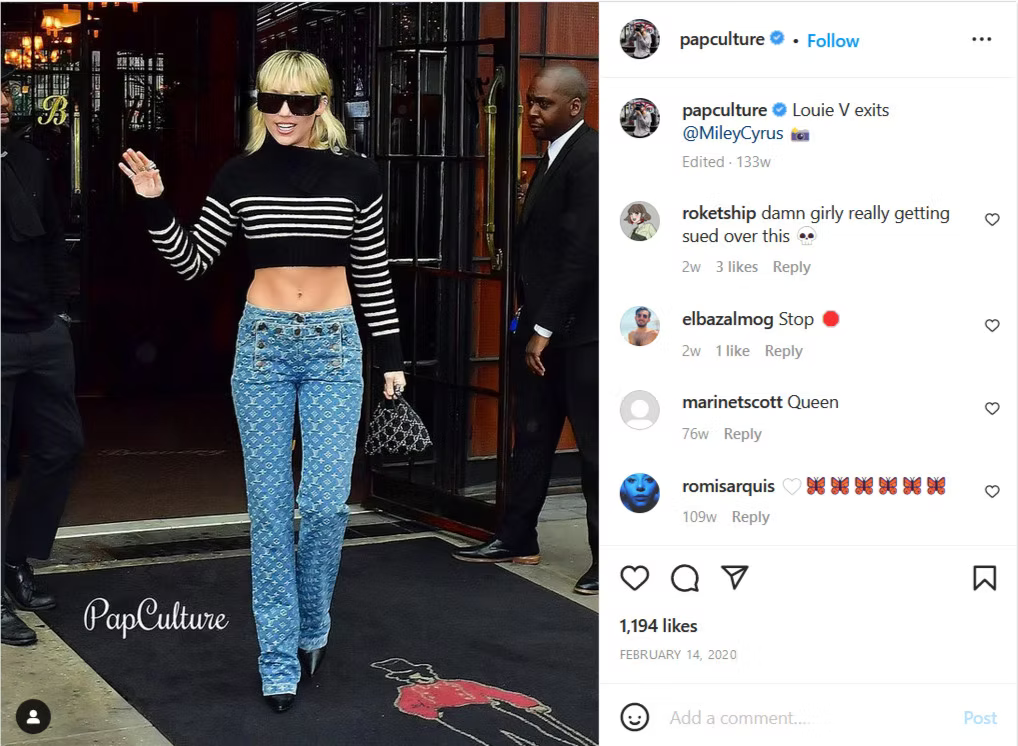
On February 13, 2020, Barbera had authored a picture of the defendant wherein as she exited a building she was waving to the onlookers. Barbera then registered the same photograph on April 11,202o with the USCO (US Copyright office). It was on May 10 that Barbera noticed the same picture being posted on the Instagram account of Cyrus dated February 13. As per Barbera’s’ claim, Miley’s use of the Photograph, if widespread, would harm his potential market for the Photograph, it has also resulted in raised traffic to Cyrus’s account and led to an increase in the money she made from the sale of her music or other related business ventures.
Barbera’s claim- As per his claim, Cyrus has wilfully and knowingly infringed upon the copyrighted photograph produced by him and thus is liable to be sued for copyright infringement. He has pleaded for the award of actual and statutory damages against Miley in this case along with a disgorgement of all the profits earned by her over the Instagram post. Barbera has also sought the relief of injunction as well as fees of the attorneys.
However, after reading this case, the most start question that would definitely come to one’s mind is why do celebrities need permission from the photographer to post a picture of their selves? It might sound quite absurd, but this is how the US Copyright law works. It clearly states that photographers are the exclusive owners of the copyrights of the images they capture and utilising those images without a licence is illegal. A celebrity does not automatically acquire co-ownership of an image just by being in it, nor does their mere presence grant them the right to repost it freely or without authorisation and permission.
Copyright law in India
According to Section 2(c) of the Copyright Act of 1957 in India, photographs are protected as artistic works under copyright law. As they are a part of an artistic work, photographs are protected by copyright laws. However, it is not necessary for the work to be of high quality to qualify as an artistic creation which means that a bad shot or photograph taken is still legally protected. The only criterion here is that a photograph needs to be an original work that requires some level of skill and effort to create in order to be protected under copyright laws for artistic works in general.
The images are given copyrights under Section 25 of the Copyright Act for more than 60 years following the date of publication. Here, Publication involves being published everywhere and not just simply in a magazine or newspaper. Unless there is a specific agreement to the contrary, the photographer will be the first proprietor of any photographs. Therefore, even if you own the camera and your friend takes a beautiful photo with it, your friend owns the copyright to the picture. The photographer’s rights include the ability to publish his photos, make any necessary adaptations to the work, and duplicate them.
Photographers’ copyright infringement is protected under Section 51 of the Copyright Act. Any infringement of author/owner rights is considered a copyright violation. Additionally, Indian courts have ruled that violating the photographer’s copyright involves publishing a photograph without his consent by copying it from previously published content. However, a photographer has the option to register the image’s copyright. However, registration is encouraged but not required for copyright protection. The work is protected by copyright as soon as it is created.
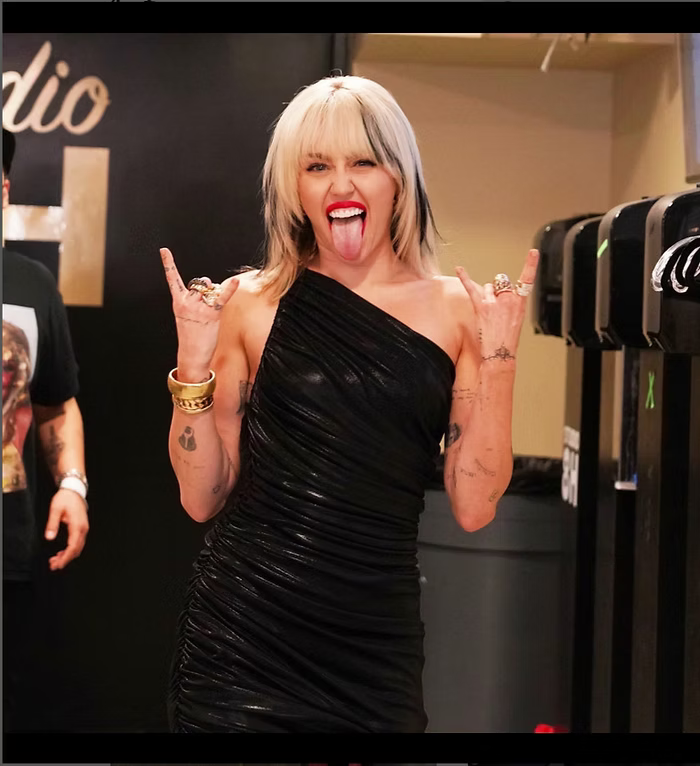
Also, the exception in India for using the photograph clicked by others is that of ‘fair use’. The images may be used by someone other than the photographer as long as they don’t have the malicious intent to profit excessively from them. The images can be used in court cases, legislative hearings, and research or teaching projects. This is an acceptable use of images without the photographer’s prior consent and falls under the fair use principle.
Remedies available for copyright infringement in India:
There are three types of remedies which are available against copyright infringement which is as follows-
- Criminal remedies: this deals with imprisonment of the accused person along with the imposition of a fine. (Section 63-66 of the Copyright Act, 1957).
- Civil remedies: it mainly deals with an injunction, damages, conversion damages and delivery of infringing copies. (Section 54-62 of the Copyright Act, 1957).
- Administrative remedies: focuses on banning the imports of the infringing copies into India and also the delivery of the same seized to the owner of the copyright.
On May 6, 1998, The Bombay High Court ruled in the case of Kesari Maratha Trust vs. Devidas Tularam Bagul that it is unlawful to publish images that have been copied from other published works without the photographer’s consent. Herein, the plaintiff who was the photographer had taken the picture of a well-known writer in the field of Marathi literature. The same photograph was taken by the defendant where he used it in an artistic manner and thus published it on the cover of a book.
However, it must be noted that the Copyright law in India not only protects the traditional/paper photographs taken by the Photographers but also online photographs, though not expressly mentioned. It can be inferred that the issues created by modern technology with respect to the same can be successfully addressed by the existing copyright laws.
We can definitely conclude that as we welcome the incoming modern technology in the present times – taking pictures, editing them, and sharing them has become way easier than ever. Although, this amazing thing frequently has a double-edged effect on both photographers and their subjects. Thus, it is now more important than ever to understand the fundamentals of the legislation governing photography. The application of the law is the same for everyone whether a hobbyist or a professional photographer. A person can get into a lot of problems by breaking the law by either taking or distributing a photo that isn’t allowed or by using someone else’s photo without permission, it can make them liable to several legal penalties for the same, especially with the increased appreciation of pictorial or visual creative works on social networking sites. Hence, it is severely essential for one to understand the rights of their own as a photographer as well as the recourse to be adopted when their right gets abridged.

